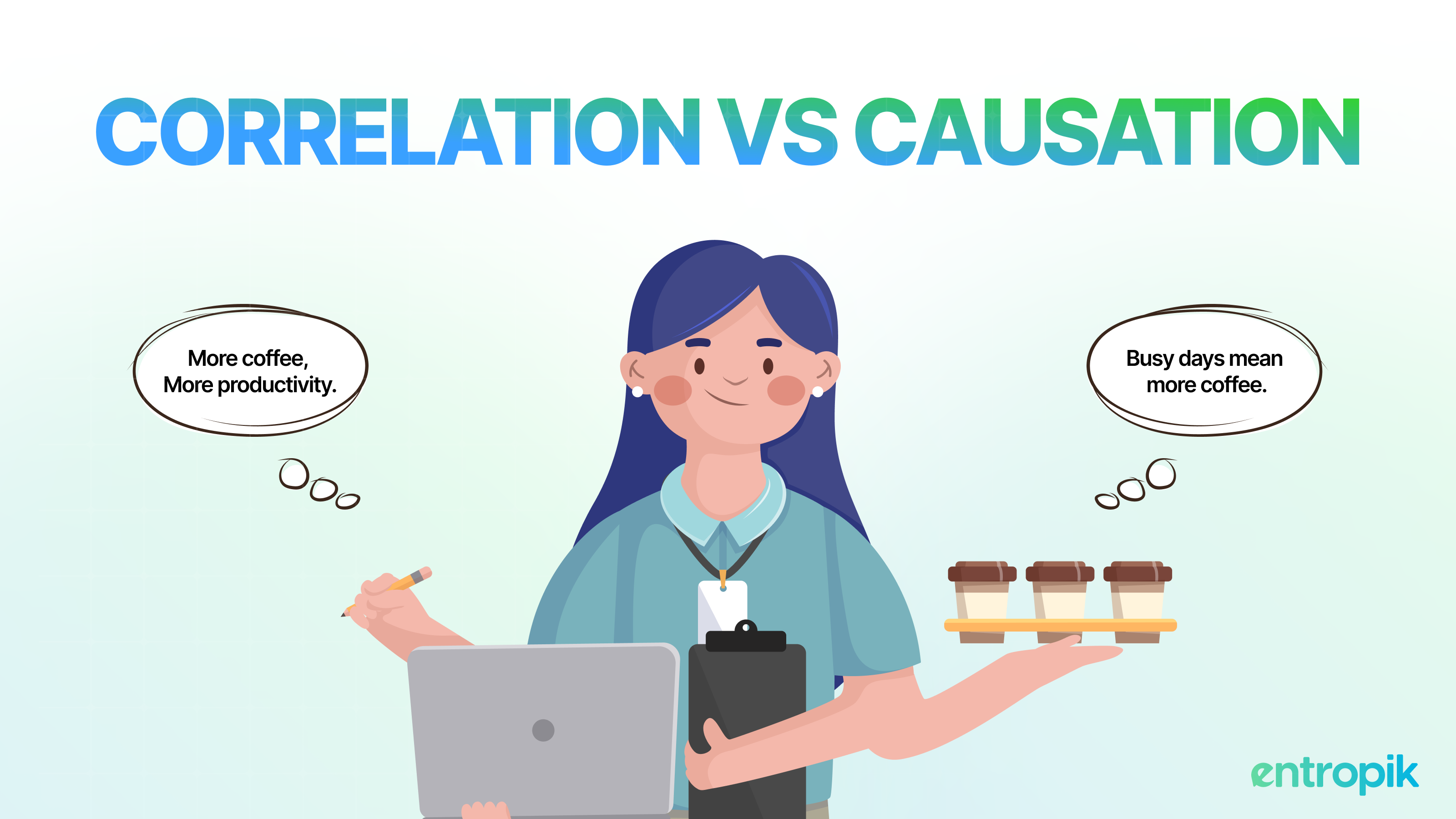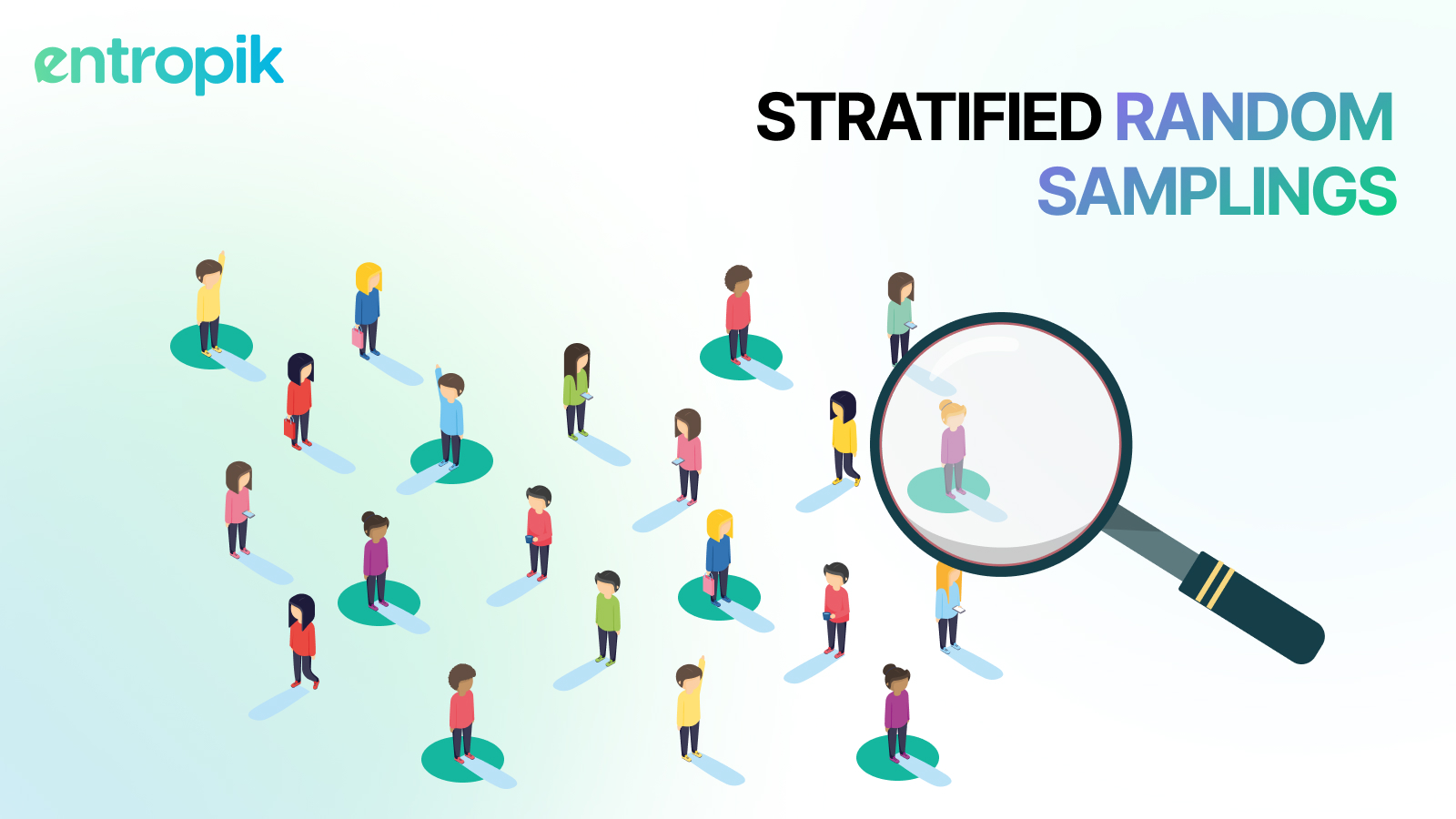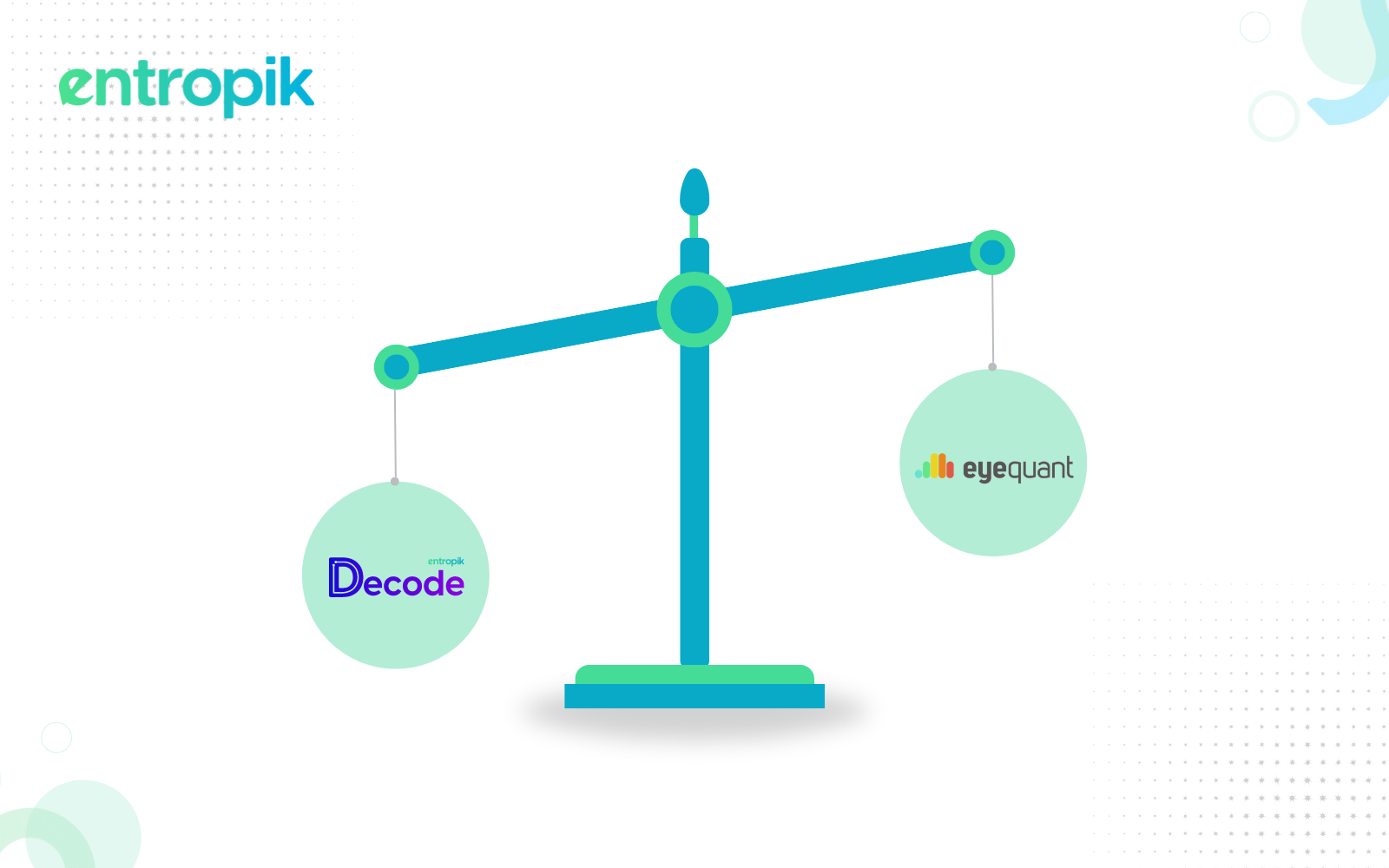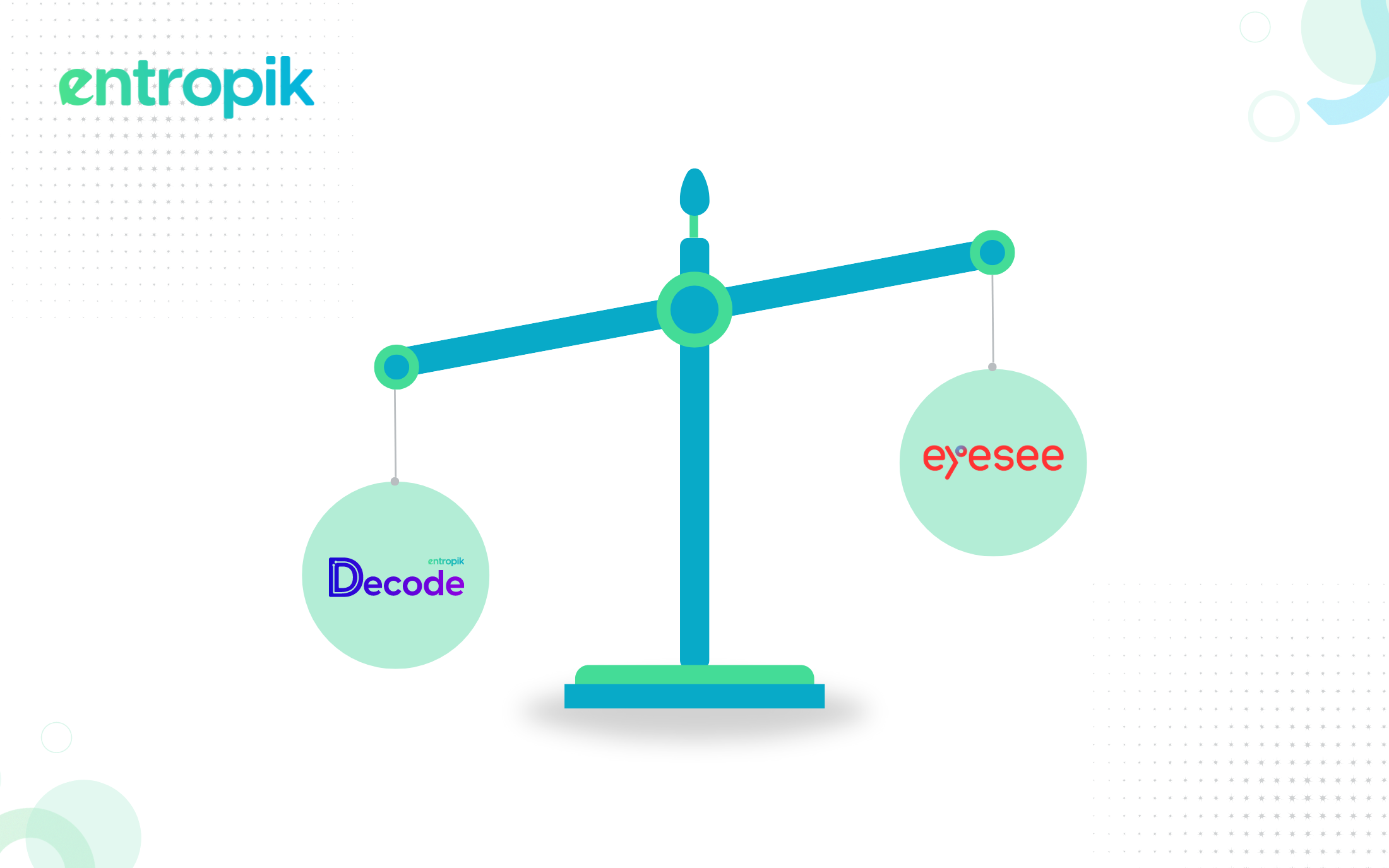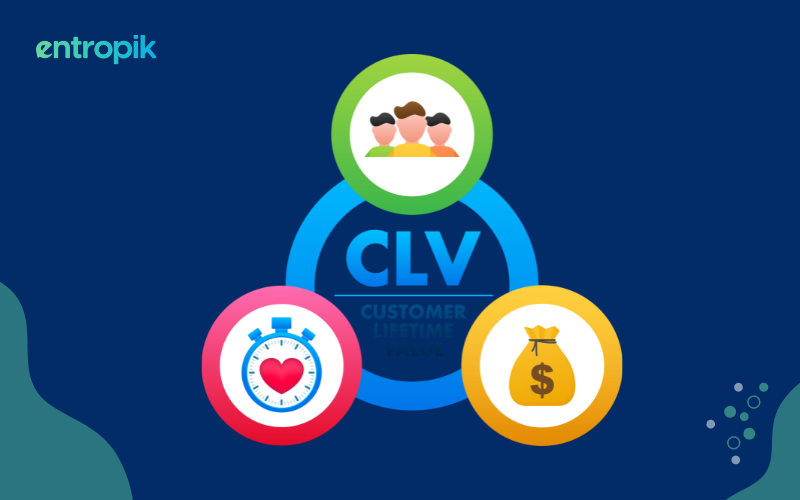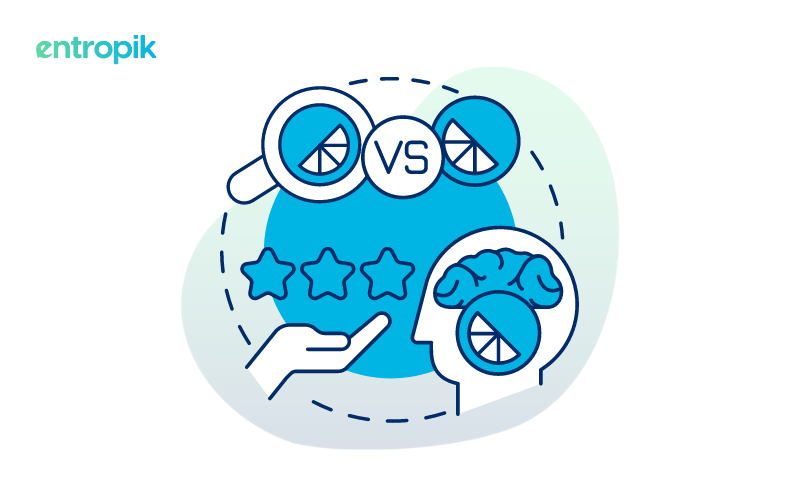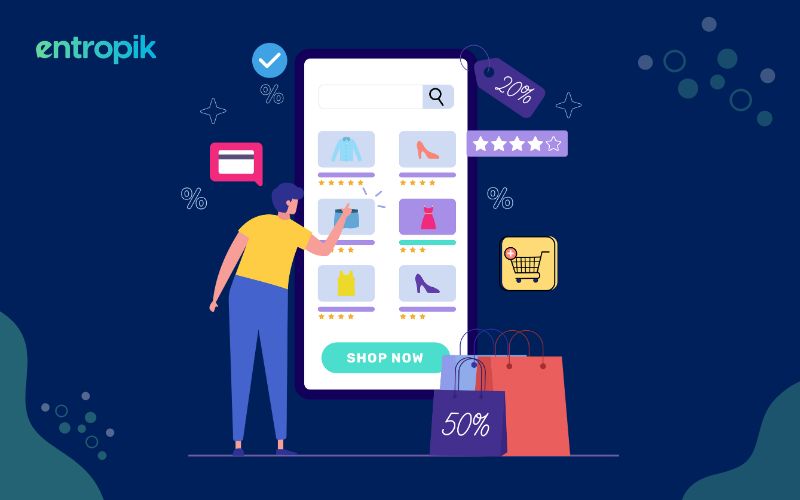The Covid-19 pandemic has put e-commerce at the absolute forefront of retail, across product categories. According to the Salesforce Q1 Shopping Index, in 2020, e-commerce businesses are witnessing twice the sales from 2019. Country-wide lockdowns and the fear of contracting the Coronavirus are keeping consumers from shopping offline. While online shopping was unfolding long before the pandemic, there is an unforeseen acceleration that will unveil a new normal for shoppers marching into 2021.
2020 is the golden age of e-commerce, where Amazon,
Myntra, Ajio, Flipkart, Big Basket, Jio, Etsy, Groffers,
and even Walmart are offering everything from groceries to
home office essentials to active apparel for remote work.
With these evolving dynamics, even the uninitiated
consumers have taken to online shopping. The market is
abuzz with burgeoning e-commerce companies, attending to
the overwhelming demand. As competition for shopper
attention increases, e-commerce companies have the
opportunity to step up their game and deliver an enhanced
customer experience and measure customer
satisfaction.

Top CX Tech Trends To Empower E-Commerce In 2021
E-commerce players are spending millions on improving the customer experience (CX) and acquiring more users. We’re seeing a clear trend leaning towards improving the purchase journey by making it more user-friendly and customer-oriented. Let’s take a look at the top three trends that will define the e-commerce domain in 2021.
Summoning the Shopping Cart with a Voice Search
Voice-enabled searches during online shopping have gained
massive traction in the past few years. A forecast from
Juniper Research indicates that the voice search industry
will reach over a size of $80 billion by 2023. Virtual
assistants like Amazon’s Alexa, Google Assistant,
Samsung’s Bixby, Apple’s Siri, Google Home, and
Microsoft’s Cortana are experiencing exceptional success
with voice queries.
As voice search technology
continues to improve, customers can find the products they
are looking for faster and more easily. Voice search
feature is allowing consumers to keep their hands-free as
they continue to fill their shopping cart while doing
other things.
Stats from Stanford University suggest
that an average person can speak 3 times faster than they
can type, which means voice search is speedier for
consumers than a conventional keyboard search. Not only
can they give more information to the e-commerce
application with just a voice command, but they can also
close their purchase quickly. Using the voice search
feature to make instant online purchases is also akin to a
digital personal assistant at one’s beck and call. Rather
than relying on search engines, online retailers can
enhance the customer experience by
optimising their applications with voice accessibility in
mind.
Optimising CX with Emotion Insights
In a world turning into a digital hub by the minute,
brands aim at boosting their online sales by getting an
unbiased and first-hand look into
customer experience while buying. Data
from tech company Imaginovation establishes that around
80% of customers leave a website that is not optimised.
With so many e-retailers arriving on the scene, consumers
have more choices than ever. Besides, customers demand a
seamless user experience from logging on to the site to
checking out of it. To provide an enhanced
CX packed with a user-friendly platform
and exceptional customer service, companies are
increasingly investing in Emotion AI to
gain insights into user’s behaviour as they shop.
This
opens a whole new universe of opportunities for e-commerce
companies to employ Emotion AI tech and
delve deep into consumer emotions. Online retail brands
can deploy
Emotion AI solutions
like Affect Lab’s – DigitalEQ and UsabilityEQ to measure
customer satisfaction, improve online customer engagement
and influence shopper’s experience. Emotion AI uses
technologies like eye tracking to
understand how online customers are interacting with the
products/services offered on e-commerce platform. It also
helps brands to capture the users’ emotion and buying
behaviour with real-time customer responses, simplifying
the path-to-purchase journey of online customers.
An
analysis from NetSolutions suggests that marketers can
drive an average increase of 20% in sales by offering
tailored customer experiences. Companies
can gain usability insights, test multiple product
designs, and map user journeys through
Emotion AI platforms to identify
experiences that best resonate with their audience. These
platforms also utilise
eye-tracking software to
determine what catches the user’s eye and what
annoys
them to help e-commerce business accordingly optimise
their website and application.
Conversational Commerce Boom with Chatbots
In the past few months, conversational commerce strategies
like chatbots and virtual agents have proved very helpful
to fill in for the missing human interaction during
shopping experiences. Chatbots have taken the customer
service by storm, and a
study
reports that around 60% of millennials are readily using
them to purchase online. Furthermore, more than 43% of
online shoppers prefer an online chatbot over calling
customer service centres when communicating with an
e-commerce brand, states Chatbot Magazine.
What makes
chatbots so instrumental in enhancing the
customer experience for online retail
businesses? For starters, they have a quick response time,
know the products, and offer accurate answers to
consumer’s long list of queries through a hassle-free
experience. Besides, immune to frustration and bad days,
chatbots can be present to cater to consumer needs
24X7.
Moreover, to ensure human-like customer
engagement, e-commerce companies can also use
Emotion AI platforms to enhance user
experience across multiple touchpoints on their chatbots.
With the help of emotion recognition technologies like
eye tracking, these platforms can offer e-retailers with valuable
insights about customer’s attention, engagement and
responses across the chatbot user journey.
Summary
The future of e-commerce holds enormous opportunities for
innovation. By embracing technology trends, e-retailers
can tap into the needs of young, old, and digitally naïve
shoppers, and deliver superior
customer experience.
Give new
e-commerce shoppers plenty of reasons to return with
enabling voice search,
utilizing Emotion AI, and deploying
responsive chatbots. At a time when the world is reeling from the pandemic,
making the e-commerce businesses more easily accessible,
user-friendly, and more in touch with human emotions is
the way to move forward into 2021.
Want to deliver superior CX to Digital Shoppers?
{{cta-button}}




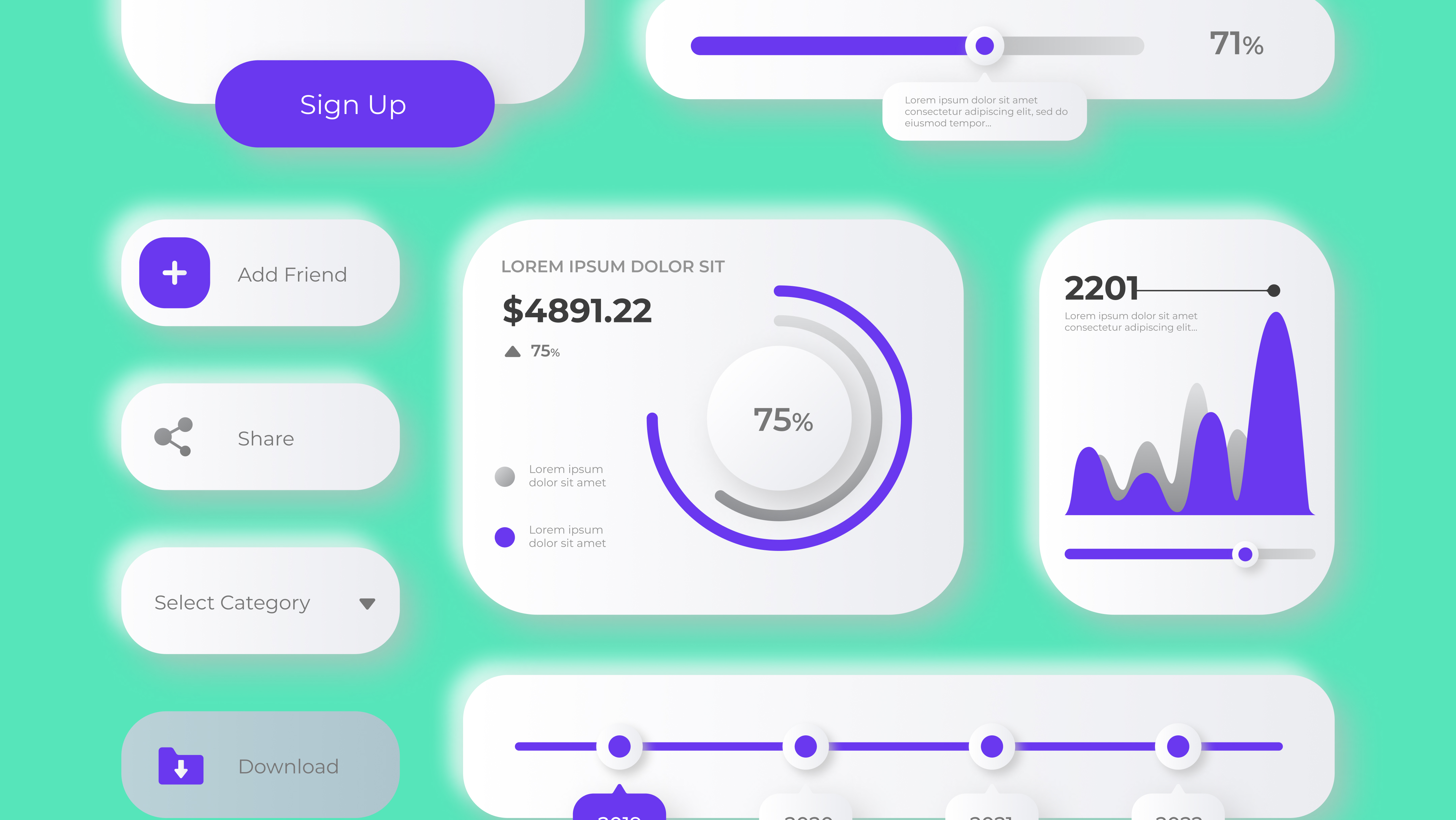










.jpg)



